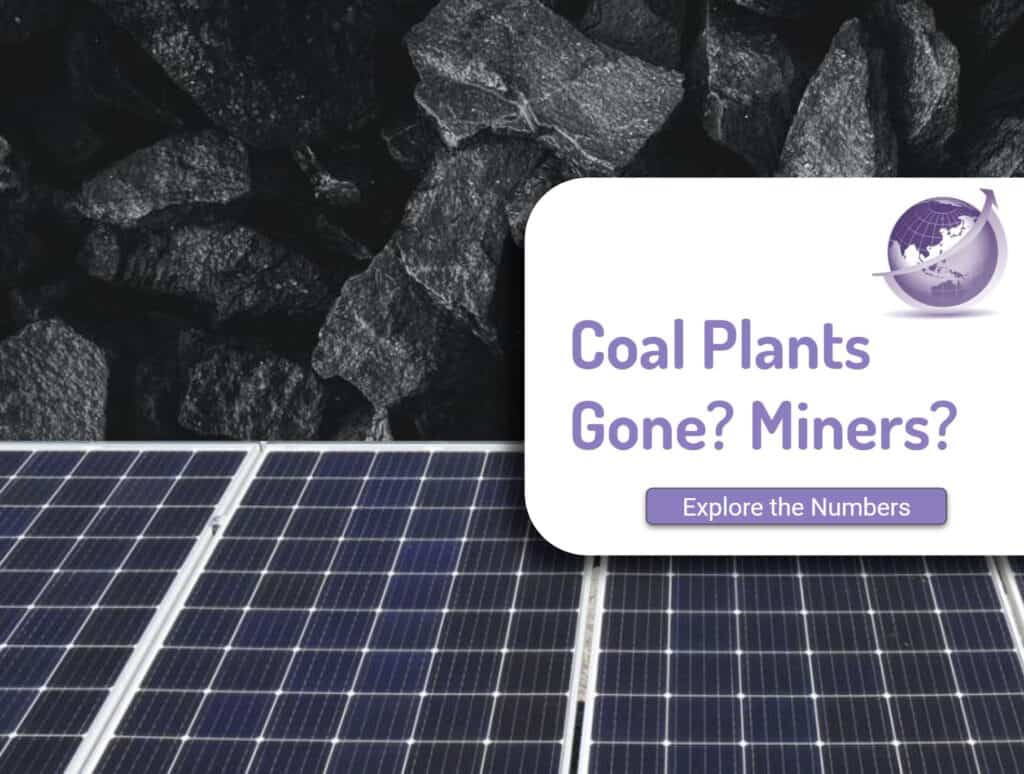Advances in Thorium Nuclear Reactors in India and China
For the past three decades, thorium nuclear reactors have been a subject of interest and research in various countries around the world. In particular, India and China have made significant advances in the development of thorium-based reactors. These countries recognize the potential of thorium as a safer and more sustainable alternative to traditional uranium-based reactors.
The exciting advance is from Copenhagen Atomic. It appears they avoided the fast-breeder pitfalls of compliance, material sourcing and politics.
- 40′ container
- 1 per day manufacturing
- $20-$40 MWh
- 2026 for 1Mh production
- 2030 1 per day
- 50cm thick steel envelope (but made in sections for transport)
- Full energy as a service. Customer uses 560°C for steam or heat of choice.
- Not China
- Not Government money
- Not using spent nuclear until the mid 2030s avoiding some of the regulatory delays.
- If use nuclear waste in a fast breeder, can use 10 times more energy than from a conventional nuclear reactor.
Comparison of Thorium vs Conventional Nuclear

India’s Thorium Program
India, with its vast reserves of thorium, has been at the forefront of thorium reactor development. The country’s nuclear program, known as the Indian Thorium Utilization Program (ITUP), aims to harness the energy potential of thorium and reduce its dependence on imported uranium.
One of the key achievements of India’s thorium program is the development of the Advanced Heavy Water Reactor (AHWR). This reactor is designed to use thorium as its primary fuel, with a small amount of uranium-233 to initiate the nuclear reaction. The AHWR has several advantages over traditional reactors, including a higher fuel efficiency and reduced production of long-lived radioactive waste.
However, India’s thorium program has encountered several challenges along the way. One of the main obstacles is the limited availability of uranium-233, which is essential for initiating the thorium fuel cycle. To overcome this, India has been exploring various options, including the use of fast breeder reactors to produce more uranium-233 from thorium.
China’s Thorium Program
China has also been actively pursuing the development of thorium-based reactors. The country’s thorium program, known as the Chinese Thorium Molten Salt Reactor (TMSR) project, aims to build a commercial-scale thorium reactor by the mid-2030s.
One of the key advancements in China’s thorium program is the use of molten salt as a coolant and fuel carrier. This innovation allows for higher operating temperatures and improved safety features compared to traditional water-cooled reactors. China’s TMSR project has successfully demonstrated the feasibility of a thorium-based molten salt reactor through small-scale prototypes.
However, China’s thorium program also faces challenges. One of the main obstacles is the development of materials that can withstand the corrosive nature of molten salt. Researchers are actively working on finding suitable materials to ensure the long-term viability of thorium reactors.
Advances In Thorium Nuclear Reactors – Copenhagen Atomic
In addition to the progress made by India and China, several companies and research institutions around the world are also developing thorium-based reactors. One notable example is Copenhagen Atomic, a Danish company that aims to commercialize thorium reactors.
Copenhagen Atomic’s approach involves using a liquid fuel mixture of thorium and uranium in a molten salt reactor. This design offers advantages such as improved fuel utilization and reduced waste production. The company has made significant strides in reactor design and is working towards building a prototype.

Other companies and research institutions are also exploring different reactor designs and fuel cycles to maximize the potential of thorium. These advancements include the use of accelerator-driven systems, high-temperature gas-cooled reactors, and hybrid systems that combine thorium with other fuels.
Conclusion
The advances in thorium nuclear reactors in India, China, and other countries demonstrate the growing interest in harnessing the potential of thorium as a sustainable and safer alternative to traditional uranium-based reactors. While challenges remain, such as the availability of suitable materials and the production of necessary isotopes, the progress made so far is promising.
As research and development continue, thorium-based reactors have the potential to play a significant role in meeting the world’s growing energy demand while minimizing the environmental impact of nuclear power.
More Reading
- Copenhagen Atomics website https://www.copenhagenatomics.com/
- YouTube – Thomas Jam Pederson – Copenhagen Atomics’ Co-Founder at the Thorium Energy Alliance Conference 2024 (TEAC 2024).
- Thorium – Wikipedia https://en.wikipedia.org/wiki/Thorium
- Thorium based nuclear power https://en.wikipedia.org/wiki/Thorium-based_nuclear_power









